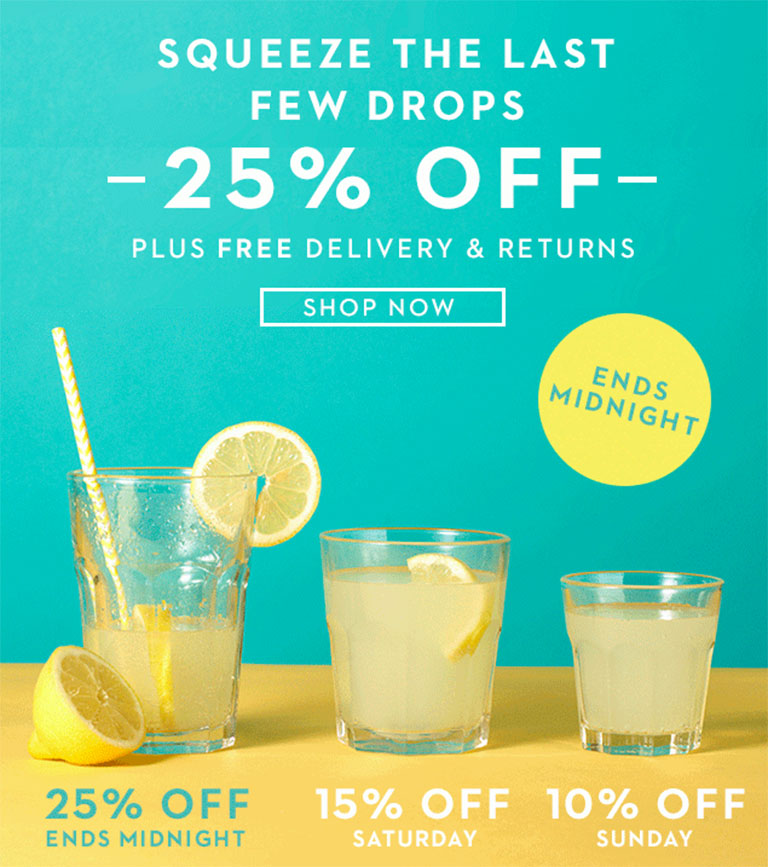As technology advances, and social media has stepped up to become a major player in how we all interact online, video strategy is quickly becoming one which can bring big returns to companies. You may have seen new videos on social media platforms such as twitter, where you can see quick videos, averaging thirty seconds, by companies such as Tesco, who gain views with videos such as ‘how to picnic at a moment’s notice,’ short, fun videos that people can engage with for a few seconds at a time whilst scrolling their social media feed, constantly reminding them of your brand.
Companies use video for different reasons, to showcase how they work, such as videos made by the camera manufacturer Canon to show their cameras being used in ‘everyday’ situations, with voice overs discussing the uses and benefits of a particular model. Other videos are used to introduce customers to their brand in a fun and engaging way, to leave a lasting impression on viewers to turn them into customers, an example of such video is our client the GB Exchange who has used this video to showcase their business.
With so much content being constantly uploaded to the web, it is important to remember to produce fresh innovative videos. The rise of video strategy means that many ideas have become repetitive and tedious, and with no incentive to watch them due to many alternatives, people exit without watching. Hence, before producing your video, you need to research the markets, see what has previously been created within your area, and then produce inventive, engaging content. The fact you have done something different will set you apart and, if your content is really spectacular, can generate a social media movement behind your video and push it viral. Coca Cola are a brand that has become famous for their video campaigns, promoting their drinks; they produce many online clips throughout the year, such as their recent 'Together’ campaign. Different hands move together on screen showing different socioeconomic levels, races, religions and nationalities. Their concept video created a global social media movement, and won a gold Cannes Lion in June showing the heights a marketing campaign can reach.
https://youtu.be/uoCMW8XcSYY
Now you have conceptualised your video, it is easy to be caught up in the excitement of producing and publishing original exciting content, however at all times remember the reason behind the content. We aren’t telling you to constantly push your product, but a great video enthusing someone to buy your merchandise, with no link to bring you to a page to do so, may also loose a customer. Clickable CTA links, email links, social media icons, or a phone number all may help to lock down a potential sale. Our client Laura’s Beau recently produced a YouTube video to access other channels of social media, producing a ‘how to’ video on how to use their products to create ‘DIY’ crafts tutorials. You can see the benefit of using a video to do this instead of a blog step by step which may seem flat and one dimensional in comparison.
Once your video is published online, analytics are vital to keep up to date with. View regular reports on audience demographics, audience retention and engagement which are all figures that can give you significant information on who is watching your content, and if they are absorbed in your content or not. From here, you can decide if you need to alter the video to fit every demographic differently, for example changing the thumbnail photo of a video, or tailoring the tags to reach the most people your video possibly can. At the root of it, every business creating videos or interactive media creates content to be watched and enjoyed, and also to promote their business and products.
As a business you need to be clear on your KPIs (Key Performance Indicator.) Some of these take more time than others, and perhaps it would be a strategy to consider promoting your videos through online advertising, such as Google AdWords. KPIs vary business to business but many include; views, likes, click rate, sales, subscribers or comments.
The main thing with video marketing is to keep going, keep creating original and engaging content, and altering this to match the analytics you have received from previous campaigns to maximise your personal audience.




